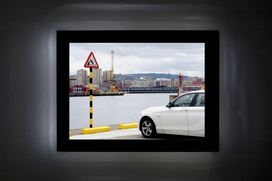
Whether you are framing a favorite photograph or an original canvas painting, the use of LED light strips can bring the art within the frame to life. This guide will share step by step instructions to construct a simple but modern art frame that is complemented by the integration of LED light strips.
Before getting started, here is a list of materials needed for this project:
1 x 3 x 8 pine furring strip - $2*
2 x 2 x 8 furring strip - $2*
Brad nails and construction adhesive - $6
LED lighting kit(s) - $46
1/8th in. glass pane - $4 (optional)
*quantity of furring strips will vary with size of frame. This material list is for the construction of one 18” x 24” frame Total Cost: $60
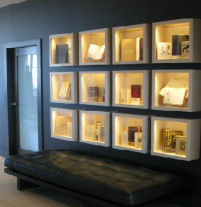
Building a shadow box wall can be done many different ways. This guide will share step by step instructions to building the wall from scratch, and embedding the shadow boxes in the structure of the wall for a clean, unobtrusive finish. If you are modifying an existing wall, supplemental instructions will be included along the way.
Before getting started, here is a list of materials needed for this project:
Total Cost: $130 (Modifying an existing wall can be done for as little as $69)
Making a unique, modern LED headboard is a fun project that can be built and mounted in a weekend for only a few bucks. This article will cover materials and products needed to complete the project; as well as a few helpful tips to guide you along the way. Here is a list of materials you will need:
Total cost: $76
Other miscellaneous materials include screws and construction adhesive.
First, start with a sheet of melamine. This will be the primary structure of your headboard. Melamine is a building material that has similar properties to a laminate countertop, but is sold in thinner sheets that are dimensionally similar to plywood and drywall. Melamine is also commonly used to build cabinets and shelving. If you prefer to keep this process as simple as possible, purchase a pre-cut shelf that comes in a variety of sizes. It comes in white but can be painted a desired color to match your bedroom. Don’t forget to cover the unfinished edges of your headboard with BAND-IT iron on edging for a professional look.
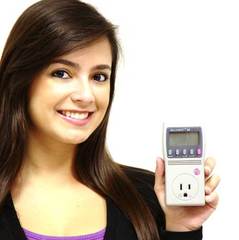
There are many ways one can lower energy bills. The key is identifying where a home is most energy inefficient. This contributing factor could be one of many different deficiencies that are often relatable to a particular region's climate or how certain homes were built at a certain time. For example, older homes were built with very little or no insulation, making the contributing factor for high energy bills the building envelope. In older climates where heating systems are in demand for most of the year, well insulated windows walls and doors are often cost effective energy upgrades.
While heating and cooling loads drive up energy costs there are other common energy deficiencies that are often overlooked. A DIY home energy audit can help you determine what these are. While aspects of an energy audit relating to the building envelope are pretty straight forward, finding sources of inefficient lighting technology is a little less intuitive.

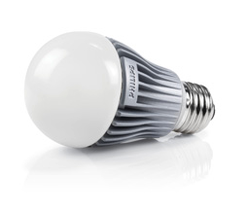

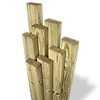
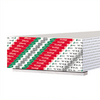
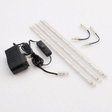
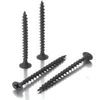
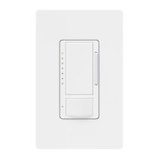
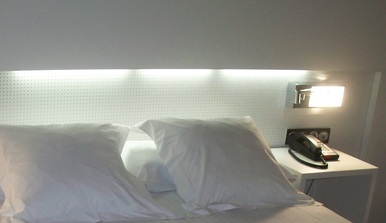
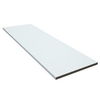
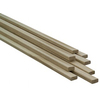
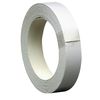
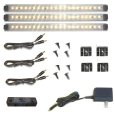
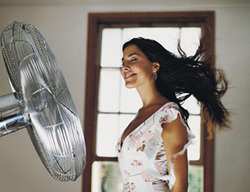



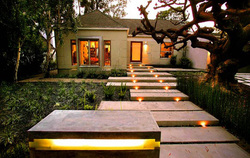
 RSS Feed
RSS Feed